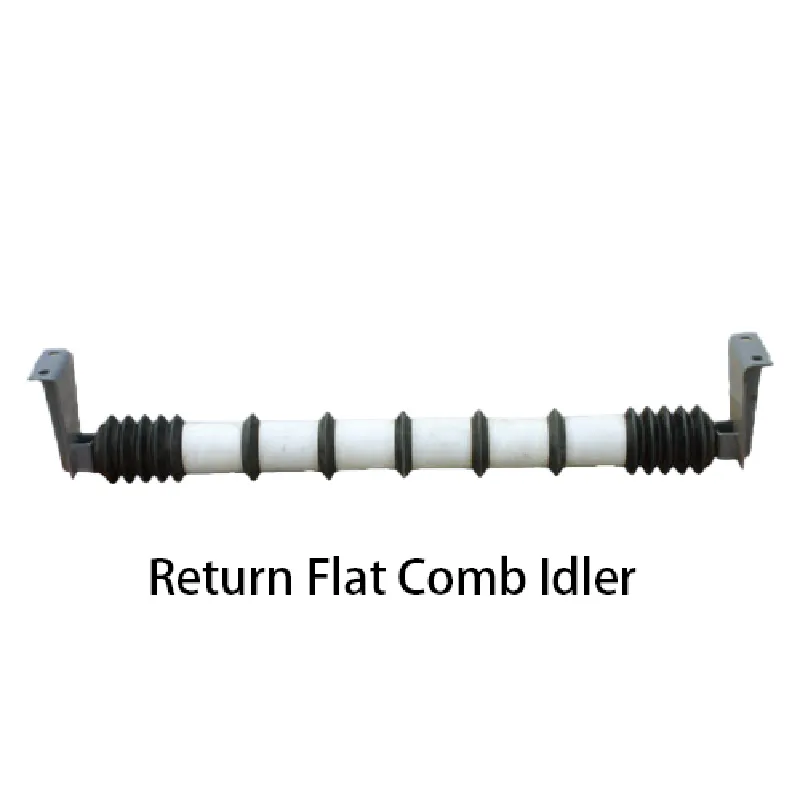 Afrikaans
Afrikaans  Albanian
Albanian  Amharic
Amharic  Arabic
Arabic  Armenian
Armenian  Azerbaijani
Azerbaijani  Basque
Basque  Belarusian
Belarusian  Bengali
Bengali  Bosnian
Bosnian  Bulgarian
Bulgarian  Catalan
Catalan  Cebuano
Cebuano  Corsican
Corsican  Croatian
Croatian  Czech
Czech  Danish
Danish  Dutch
Dutch  English
English  Esperanto
Esperanto  Estonian
Estonian  Finnish
Finnish  French
French  Frisian
Frisian  Galician
Galician  Georgian
Georgian  German
German  Greek
Greek  Gujarati
Gujarati  Haitian Creole
Haitian Creole  hausa
hausa  hawaiian
hawaiian  Hebrew
Hebrew  Hindi
Hindi  Miao
Miao  Hungarian
Hungarian  Icelandic
Icelandic  igbo
igbo  Indonesian
Indonesian  irish
irish  Italian
Italian  Japanese
Japanese  Javanese
Javanese  Kannada
Kannada  kazakh
kazakh  Khmer
Khmer  Rwandese
Rwandese  Korean
Korean  Kurdish
Kurdish  Kyrgyz
Kyrgyz  Lao
Lao  Latin
Latin  Latvian
Latvian  Lithuanian
Lithuanian  Luxembourgish
Luxembourgish  Macedonian
Macedonian  Malgashi
Malgashi  Malay
Malay  Malayalam
Malayalam  Maltese
Maltese  Maori
Maori  Marathi
Marathi  Mongolian
Mongolian  Myanmar
Myanmar  Nepali
Nepali  Norwegian
Norwegian  Norwegian
Norwegian  Occitan
Occitan  Pashto
Pashto  Persian
Persian  Polish
Polish  Portuguese
Portuguese  Punjabi
Punjabi  Romanian
Romanian  Russian
Russian  Samoan
Samoan  Scottish Gaelic
Scottish Gaelic  Serbian
Serbian  Sesotho
Sesotho  Shona
Shona  Sindhi
Sindhi  Sinhala
Sinhala  Slovak
Slovak  Slovenian
Slovenian  Somali
Somali  Spanish
Spanish  Sundanese
Sundanese  Swahili
Swahili  Swedish
Swedish  Tagalog
Tagalog  Tajik
Tajik  Tamil
Tamil  Tatar
Tatar  Telugu
Telugu  Thai
Thai  Turkish
Turkish  Turkmen
Turkmen  Ukrainian
Ukrainian  Urdu
Urdu  Uighur
Uighur  Uzbek
Uzbek  Vietnamese
Vietnamese  Welsh
Welsh  Bantu
Bantu  Yiddish
Yiddish  Yoruba
Yoruba  Zulu
Zulu Custom Conveyor Support Brackets for Efficient Material Handling Solutions
Understanding Conveyor Brackets Essential Components for Efficient Material Handling
Conveyor systems play a pivotal role in industrial and manufacturing settings by facilitating the smooth movement of materials. Among the various components that make up a conveyor system, conveyor brackets are often overlooked yet crucial elements that ensure the stability and efficiency of the entire operation. This article delves into the significance of conveyor brackets, their types, materials, installation, and maintenance considerations.
What Are Conveyor Brackets?
Conveyor brackets are structural supports designed to hold and stabilize the conveyor components, such as the belts, rollers, and other mechanisms. They provide the necessary framework that maintains the alignment and integrity of the conveyor system, allowing it to function seamlessly. The importance of conveyor brackets extends beyond mere support; they also contribute to the safety, performance, and longevity of the entire system.
Types of Conveyor Brackets
There are several types of conveyor brackets, each tailored to specific functions and conveyor designs. Here are a few common types
1. Trolley Brackets Designed to support the trolleys in an overhead conveyor system, these brackets enable smooth movement along the track. 2. Support Brackets These brackets anchor the conveyor system to the floor or structural beams, providing stability to the entire assembly. 3. Side Brackets Often employed to keep the conveyor belt aligned, side brackets prevent lateral movement that can lead to system inefficiencies. 4. Connection Brackets Used to connect individual conveyor sections together, these brackets ensure that the overall system operates as a cohesive unit.
Materials Used for Conveyor Brackets
The materials chosen for manufacturing conveyor brackets must impart strength and durability, considering the operational environment. Common materials include
conveyor brackets

- Steel Known for its robustness, steel is often used for heavy-duty brackets that can withstand significant stress and weight. - Aluminum Lightweight and rust-resistant, aluminum brackets are suitable for environments where weight is a concern or where corrosion might be an issue. - Plastic Though not as strong as metal, plastic brackets can be effective in lighter-duty applications and industries where corrosion resistance is paramount.
Installation Considerations
Proper installation of conveyor brackets is vital to ensure the overall efficiency and safety of the conveyor system. Here are some guidelines for effective installation
1. Alignment Ensure that the brackets are perfectly aligned with the other components to allow for smooth operation. 2. Secure Fastening Use appropriate fasteners and ensure they are tightened to the manufacturer's specifications to prevent loosening during operation. 3. Regular Inspections Conduct regular inspections during installation to identify potential issues before they escalate into major problems.
Maintenance and Care
Like any mechanical component, conveyor brackets require ongoing maintenance to extend their lifespan and maintain system efficiency. Here are some best practices for maintaining conveyor brackets
- Regular Cleaning Remove any debris or materials that may accumulate on or around the brackets to prevent unnecessary wear. - Inspect for Damage Regularly check for signs of wear, rust, or damage, especially in environments subject to heavy use or harsh conditions. - Lubrication If applicable, apply lubrication to moving parts associated with brackets to minimize friction and wear.
Conclusion
In summary, conveyor brackets are vital components that contribute significantly to the functionality and safety of conveyor systems. By understanding their types, materials, and proper installation and maintenance practices, businesses can enhance their material handling processes, ensuring efficiency, safety, and longevity. Investing in quality conveyor brackets and maintaining them appropriately will not only improve operational effectiveness but also minimize downtime, ultimately leading to greater productivity in any industrial setting.
-
Revolutionizing Conveyor Reliability with Advanced Rubber Lagging PulleysNewsJul.22,2025
-
Powering Precision and Durability with Expert Manufacturers of Conveyor ComponentsNewsJul.22,2025
-
Optimizing Conveyor Systems with Advanced Conveyor AccessoriesNewsJul.22,2025
-
Maximize Conveyor Efficiency with Quality Conveyor Idler PulleysNewsJul.22,2025
-
Future-Proof Your Conveyor System with High-Performance Polyurethane RollerNewsJul.22,2025
-
Driving Efficiency Forward with Quality Idlers and RollersNewsJul.22,2025





























